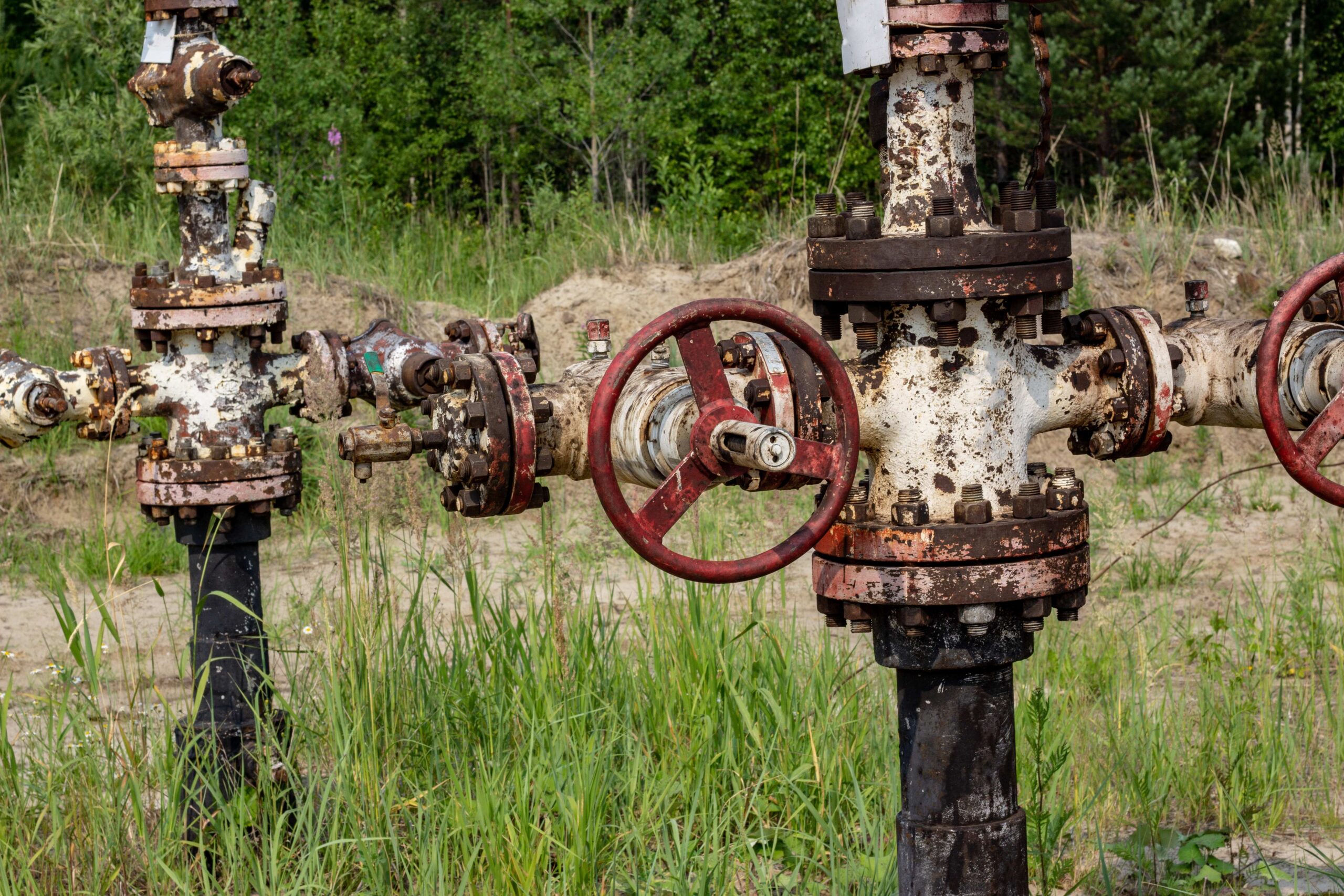This website uses cookies so that we can provide you with the best user experience possible. Cookie information is stored in your browser and performs functions such as recognising you when you return to our website and helping our team to understand which sections of the website you find most interesting and useful.
Op-ed: Return Climate Politics to the Art of the Possible

On November 30, 2023 – ahead of COP28 in Dubai, Mary Grady (ACR Executive Director) published the following op-ed in Marketwatch.
Politics has been called the art of the possible. Yet, when it comes to climate change, this adage is flipped on its head – the art of the impossible.
As the world prepares for the 28th UN Climate Summit, we desperately need to shift our efforts to immediate, bold action that’s possible now. And far from diminishing our ambition, focusing on available actions can get the world back on track to make the impossible possible.
The urgency of addressing climate change is undeniable, and the litany of impacts is becoming rote: stronger hurricanes and typhoons, life-ending floods, years-long droughts, heatwaves baking entire continents. Records fall every year: The hottest. The driest. The wettest. The deadliest.
It is hard to have hope when confronted with the reality that even if every country meets its current commitment to reduce carbon emissions, the world will still be 24 billion tons short of what’s needed in 2030 to keep climate change below 1.5 degrees Celsius (Source, finding #100).
While hope is not a strategy, pragmatism is. When we focus on what’s possible, with science as our guide, endless opportunities come into view. And every action we take today raises our ambitions tomorrow.
Among the many possible actions, we need “all of the above” to reduce emissions. Yet, few strategies offer as much opportunity for global, scalable, short-term benefit as carbon markets.
For governments, markets bring flexibility that can reduce the cost of meeting their commitments under the Paris Agreement by $250 billion per year in 2030, growing to a total of $21 trillion of mitigation cost savings between 2020 and 2050 (Source). These savings can be reinvested into climate action, raising ambitions to close the 24-billion-ton gap, which is why 83% of countries include the use of carbon markets in their climate commitments (Source).
In the private sector, companies that buy carbon credits decarbonize twice as fast as those that do not (Source and Source). The reason is simple: If you put a price on carbon, which happens when you buy credits, you have an incentive to reduce emissions. Carbon markets give companies the opportunity to take responsibility for their emissions today, and for their past emissions, even as they work to decarbonize. In the climate crisis, the world should no longer accept unabated emissions. Markets offer a path forward.
As a veteran of many UN Climate Summits, I value the global process that resulted in the Paris Agreement. I also understand the frustration inherent in such processes, with each Summit following a predictable cycle of unrealistic optimism leading to missed targets and brokered compromises. Hope springs eternal, but hard-won experience has taught me to focus on the art of the possible.
So, what’s possible right now?
As negotiators at the Climate Summit explore ways to leverage both domestic climate policies and international cooperation under Article 6 of the Paris Agreement, they should consider the one global compliance carbon market operating today that can serve as a foundation for both. Known as Corsia, the market – which is operated by the International Civil Aviation Organization – offers a robust and decentralized approach for airlines to use high quality credits towards their emission reduction targets in line with Paris Agreement rules. Governments should build on this system rather than reinventing the wheel.
It’s also possible to shift incentives for more companies to invest in climate action. Today, acting is often riskier than doing nothing at all. Unfair criticism targets leaders rather than laggards, which must change. Companies should be encouraged to set emission reduction targets and to compensate for the emissions they cannot avoid. However, every analysis shows decarbonization will take time and be expensive, especially in the energy, transportation, industrial and agricultural sectors. As companies invest in internal abatement, they should also compensate for all residual emissions today by buying carbon credits from activities that reduce tropical deforestation, capture methane emissions, accelerate clean energy, and remove carbon from the atmosphere.
And if reporters are looking for investigative ideas, it would be refreshing to see their focus shift to big emitters doing nothing on climate.
On issue after issue, markets are already in place to play a critical role. They can help developed economies fulfill their promises to the Global South to transition away from fossil fuels. They can protect and enhance forests and the carbon they store. And they can destroy super-pollutants that drive climate change much faster than carbon dioxide.
Let me acknowledge that markets are not perfect; we need to continually improve their oversight, transparency, and integrity. Worthwhile initiatives are underway, notably by the Integrity Council for the Voluntary Carbon Market. But too many people mistake integrity for a destination, when in fact it is a journey. We cannot afford to wait for perfection when good options are available now.
The brutal math of climate change makes it easy to focus on the impossible. But as the world prepares for yet another Climate Summit, we’d all benefit by refocusing on what’s possible. Far from diminishing our chances, pragmatic action can lead to something vanishingly rare in climate circles: optimism. Carbon markets are one of the best ways to embrace the “art of the possible” by vastly ramping up climate investments and ambitions immediately.
Mary Grady is executive director of ACR, a nonprofit subsidiary of Winrock International and the world’s first private voluntary greenhouse gas registry. She is also executive director of the Architecture for REDD+ Transactions and a UNFCCC observer at the annual UN Climate Summits.



